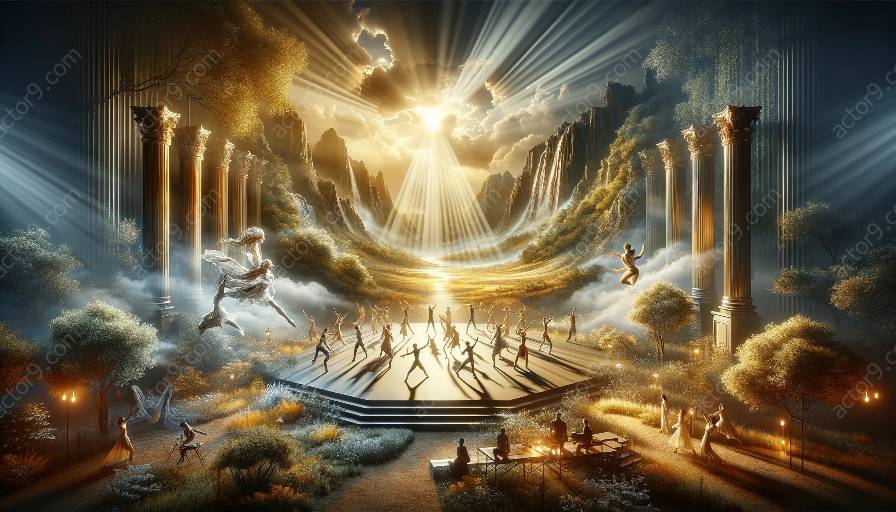Utilizing lighting to evoke moods and emotions is a critical aspect of physical theatre. Lighting design plays a pivotal role in creating atmosphere, setting tone, and conveying emotions on stage. In physical theatre, where movement and expression take center stage, the use of lighting can significantly enhance the audience's experience and deepen their emotional connection to the performance.
The Role of Lighting in Physical Theatre
Lighting serves as an indispensable tool in physical theatre, shaping the way performers and the audience interact with the space. It can transform the stage into a captivating environment that complements the narrative and amplifies the emotions conveyed through movement. Through the careful manipulation of light, directors and designers can guide the audience's focus and influence the emotional impact of the performance.
Impact of Lighting on Performance
The strategic use of lighting can elevate physical theatre performances by amplifying the dynamics of movement and expression. By adjusting light intensity, color, and direction, lighting designers can sculpt the visual landscape of the stage, enveloping performers in an immersive world that resonates with the themes and emotions of the production. The interplay between light and shadow can accentuate the physicality of the performers and accentuate their gestures, adding depth and nuance to their expressions.
Techniques and Strategies for Effective Lighting
When designing lighting for physical theatre, it is essential to consider the choreography, pacing, and emotional beats of the performance. Collaborating closely with directors and performers, lighting designers can develop lighting cues that synchronize seamlessly with the movement and narrative, enhancing the dramatic impact and rhythm of the production. Dynamic lighting changes, subtle shifts in color, and strategic use of shadows can all be employed to evoke diverse moods and emotions, taking the audience on an evocative journey through the performance.
Conclusion
Utilizing lighting to evoke moods and emotions in physical theatre is an art form that marries technical expertise with creative expression. The role of lighting in physical theatre extends beyond mere illumination, becoming an integral part of the storytelling process. By harnessing the power of light, physical theatre practitioners can craft immersive experiences that resonate deeply with audiences, eliciting a diverse range of emotions and leaving a lasting impression.




































